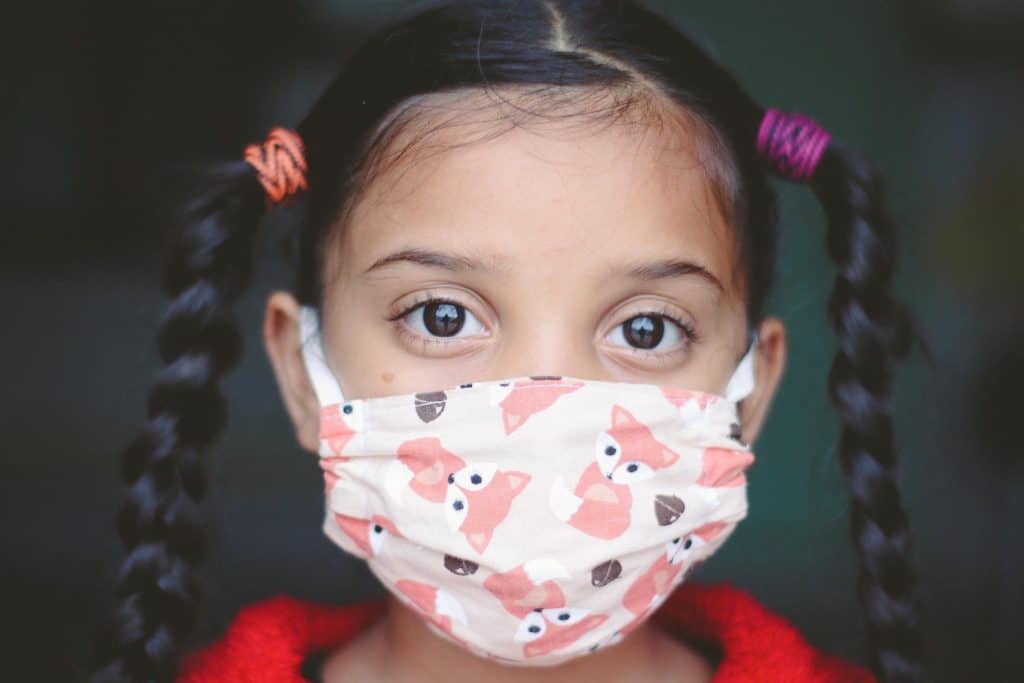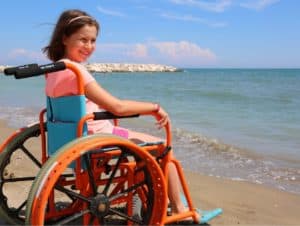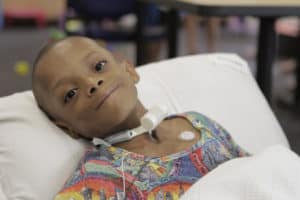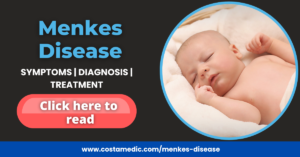What is Kawasaki disease?
Kawasaki disease is a vasculitis of small to medium vessels of unknown etiology and is an important cause of acquired heart disease in children.
Epidemiology
The most affected age group is children of 6 months to 4 years of age. The disease affects males more than females. People of Asian ethnicity, as well as people of Afro – Caribbean ethnicity, are more vulnerable due to their genetic susceptibility. Kawasaki disease is the commonest vasculitis seen in children.
Clinical features and diagnostic criteria
Fever for at least 5 days or more which is unresponsive to antipyretics and 4 of the following –
- Conjunctivitis: bilateral, bulbar, nonpurulent
- Oral changes: red lips, pharynx or tongue
- Peripheral edema: erythematous palms and soles, followed by classical desquamation of fingertips10–15 days after onset of fever
- Rash: polymorphous (no vesicles or crusts usually)
- Lymph nodes: suddenly enlarged cervical-group nodes >1.5 cm in diameter
Absence of a similar disease for example group A streptococcus infection, and measles. The presence of an aneurysm in the coronary artery with any one of the above features is strongly suggestive.
Other important associated features: irritated child, redness around the BCG site, very fretful child, bone pain, arthritis, signs of meningeal irritation, uveitis, and cough.

High-risk features
High risk clinical and lab findings are compiled and scored according to correspondence with the severity of the illness by Kobayashi risk score. The features and points are as follows –
Criteria | Points |
Na< 133 mmol / L | 2 |
< 4 days of illness | 2 |
> 80 % neutrophils | 2 |
ALT > 100 iU/L | 1 |
Platelets <3,00,000 | 1 |
CRP > 100 mg / L | 1 |
Aged < 1 yr | 1 |
If the score is more than 5 then the patient should be considered in a critical state.
Investigations
Although none of the investigations are diagnostic, Baselines frequently provide important clues.
- CBC – Neutrophilia with thrombocytopenia early. At the later part of the disease, CBC depicts thrombocytosis.
- Raised ESR and CRP
- Raised Bilirubin, ALT with reduced Albumin
- Throat swab and ASO titer to exclude Group A Streptococcal disease
- Blood culture
- If rash erupts then send a sample for Neuro – 9 PCR and Measles PCR
- Echocardiography – do not wait for the report if there is a high index of suspicion and start treatment as soon as possible because the early treatment reduces mortality from potential coronary artery aneurysms.
- Urine R/E, culture
- ECG – Features of heart block could be illustrated
- CSF study
Differential diagnosis
- Scarlet fever
- Measles
- Pediatric multisystem inflammatory disease associated with COVID 19
Treatment
Aspirin and IVIg are the mainstays of treatment of Kawasaki disease.
- Aspirin 7.5 – 12 mg/kg/dose oral 6 hourly until afebrile.
- Start IVIg as soon as possible to mitigate the risk of aneurysm. IVIg to be given at 2 g/kg dose. Monitor vitals and check cautiously for anaphylaxis.
- For high-risk cases and if there is persistent pyrexia albeit 2nd dose IVIg can be administered, I/V steroids and continue until afebrile or CRP normalizes followed by oral Prednisolone at 2 mg/kg/day and taper over 2 – 3 weeks.
- Refractory cases may need infliximab.
Discharge and follow up
- Do not discharge until fever settles.
- Echocardiogram at 14 days and 6 weeks from the onset of signs and symptoms.
- If no aneurysm at 6 weeks then stop aspirin and release all restrictions imposed on activities.
- If there is Single aneurysm < 8 mm on diameter then start aspirin 2 – 5 mg/kg once daily until aneurysm disappears.
- If there are multiple or giant aneurysms then advise lifelong aspirin 2 – 5 mg/kg/day.
To avoid all live vaccines for 3 months following IVIg administration.
Complication
Coronary artery aneurysm is the most common and fatal complication.
Kawasaki-like disease in COVID 19 positive children
Recently, some cases (children under 5 years of age) have been detected with Kawasaki-like disease. They presented with fever, rash, lymphadenopathy, and shock. Many of them were COVID 19 positive. Most of the cases were found in countries with high COVID 19 spread e.g. Italy, and the USA. At present, there are not too many studies that established a link between COVID 19 and Kawasaki-like disease.
Click here if you want to read more: What is Kawasaki disease and its possible link with COVID-19 in children?



